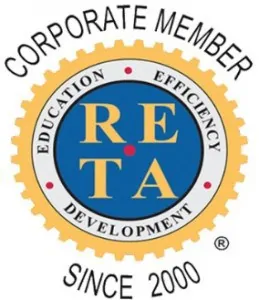

When developing new projects involving flammable substances, reviewing various chemical safety regulations for applicability early in the design process is important. Otherwise, technical studies and safety documentation requirements could delay project permitting and approval.
For example, climate change drives the need for alternative, low-carbon fuels such as hydrogen. Hydrogen production and storage facilities with more than 10,000 pounds on-site must comply with regulations such as:
Best Practices for RMP and PSM Compliance
First, SCS Engineers (SCS) reviews federal and state chemical safety regulations for any exemptions that may apply, including:
SCS then develops RMP, PSM, and state-compliant prevention programs as required for:
SCS recommends conducting a Hazard and Operability Study (HAZOP) for the PHA based on the American Institute of Chemical Engineers (AIChE) HAZOP Guide Word method. Guide words specify deviations from normal operating conditions or parameters and spark discussion of engineering controls, administrative controls, and emergency procedures.
In addition, SCS recommends using multiple safety checklists to review human factors, external events (including facility siting), and potential emergency planning and response procedure changes.
Where safety is lacking or needs improvement, SCS focuses on identifying appropriate mitigation measures. SCS then uses the PHA results to conduct the Hazard Assessment / Offsite Consequence Analysis for the worst-case and alternative flammable release scenarios resulting in fire or explosion.

Additional Resource: Risk Management Plans-RMP and Process Safety Management-PSM
Look, I get it. If a regulator walks in the front door, send your maintenance folks out the back door with a bucket of paint. We want to make the system look shiny and as new as we can get so that the regulator might cut us some slack. However, the issue is what happens when we don’t remove the lipstick, so to speak, and clean up the dirt (in this case, corrosion) underneath. Imagine what a celebrity would look like if they never washed off the makeup that they applied each day. Now take a look around your system. Do any of your pipes or valves, or even vessels, look like …
Keeping reading Lipstick on a Pig, Bill Lape’s latest article in the Epic Fail section of the RETA Breeze, to meet IIAR6 requirements before the regulator arrives.

Using a simple example the authors make apparent the importance of understanding a refrigeration system’s actual performance. An energy balance is a very useful tool to do so.
Not only do PSM regulations require that facilities have this in your PSM program, there is real value in understanding a system’s capacities. Operation and efficiency translates to substantial dollar savings every year. Savings that can be reinvested in your facility.
Calculating the total consequences of an unbalance system is more complex, but there are considerable savings running a properly energy balanced refrigeration system. Savings that can fund maintenance needs and avoid postponing timely repairs.
This white paper, presented at the RETA 2017 Conference in Pennsylvania is available in English and Spanish by clicking here.
Learn more about environmental and engineering services for Process Safety Management (PSM), Risk Management Plans (RMP), and ammonia refrigeration safety at SCS Engineers.

Click to see Risk Management Plans and Process Safety Management services at SCS Engineers